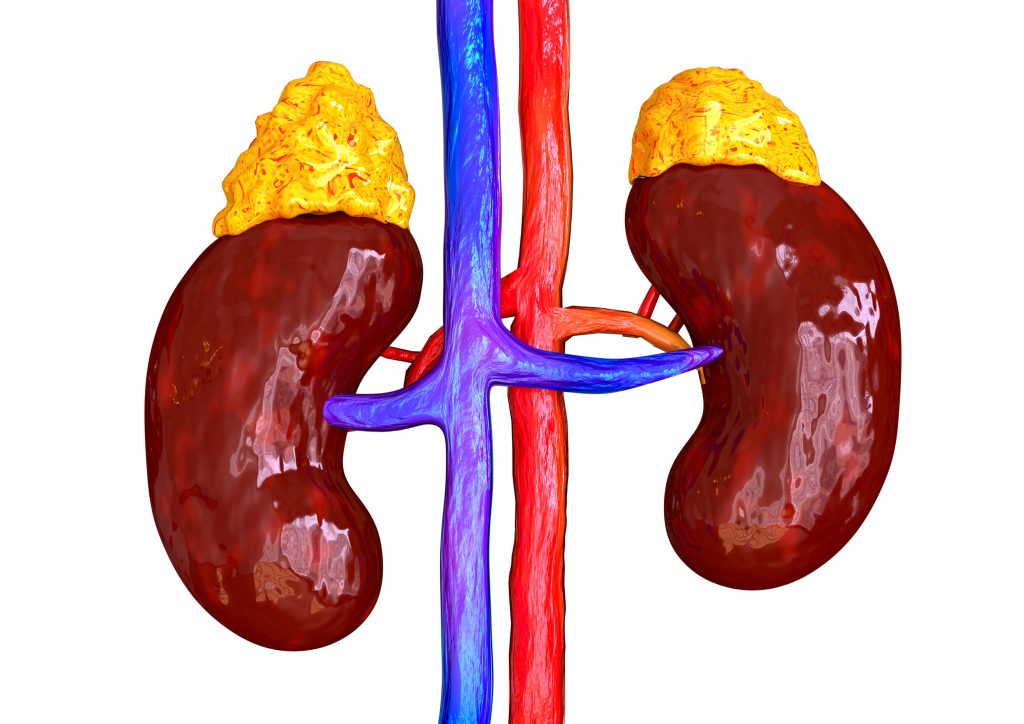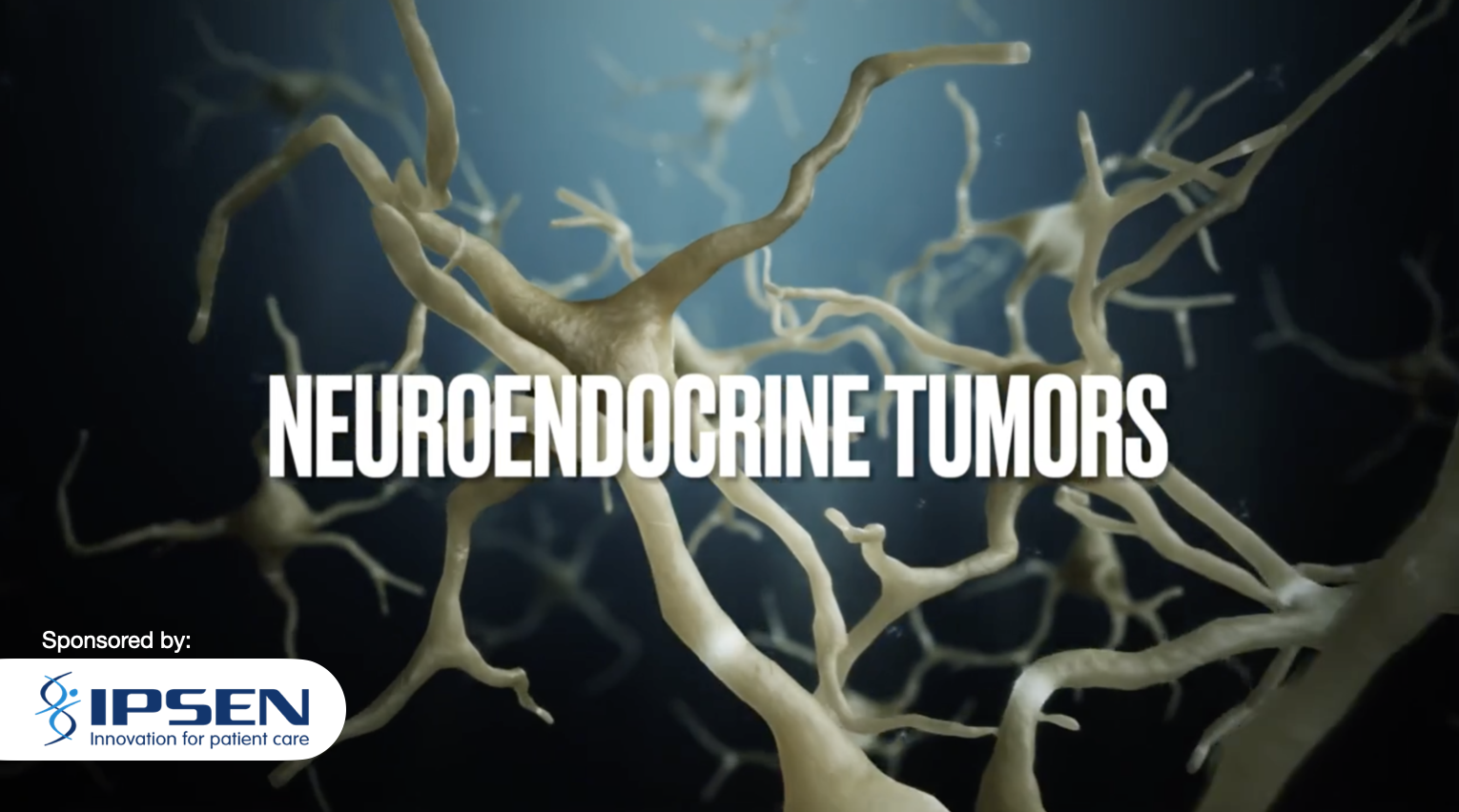Cushing syndrome is a rare benign or non-cancerous tumor. This syndrome affects both men and women, but it has a higher frequency in women. It results from excess cortisol production (endogenous) as a result of tumor growth in the pituitary gland in the brain or adrenal gland above the kidneys. Additionally, people that take cortisol for a long time may develop Cushing.
There are four (4) physical signs for Cushing syndrome:
- Buffalo hump a result of fats build-up on the back of the neck and shoulders
- Moon face or puffy red rounded
- Increased both tummy and chest fats with slim arms and legs
- Skin pink or purple stretch marks
Additionally, Cushing patients suffer from several symptoms including:
- Headache
- Depression
- Blood pressure
- Fatigue
- Muscle weakness
- Skin pigmentation
- Bone fractures over time
- Impaired growth in children
Cushing syndrome diagnosis is not a straightforward one, especially if it is endogenous. Physical signs can’t be missed by specialized physicians despite being a rare disease. To confirm Cushing syndrome several tests could be requested by treating physician like:
- Cortisol urine and blood tests
- Cortisol saliva test.
- Imaging tests.
- Petrosal sinus sampling to localize the source of cortisol
Treatment of Cushing syndrome depends on the cortisol source, if it is the exogenous source as a result of medication intake, the physician will stop the medication. If it endogenous due to a tumor in the pituitary gland or adrenal, the treating physician will select a combination approach depending on the case itself and age.
- Surgery
- Radiotherapy
- Medication like Signifor which is an FDA approved medication.






